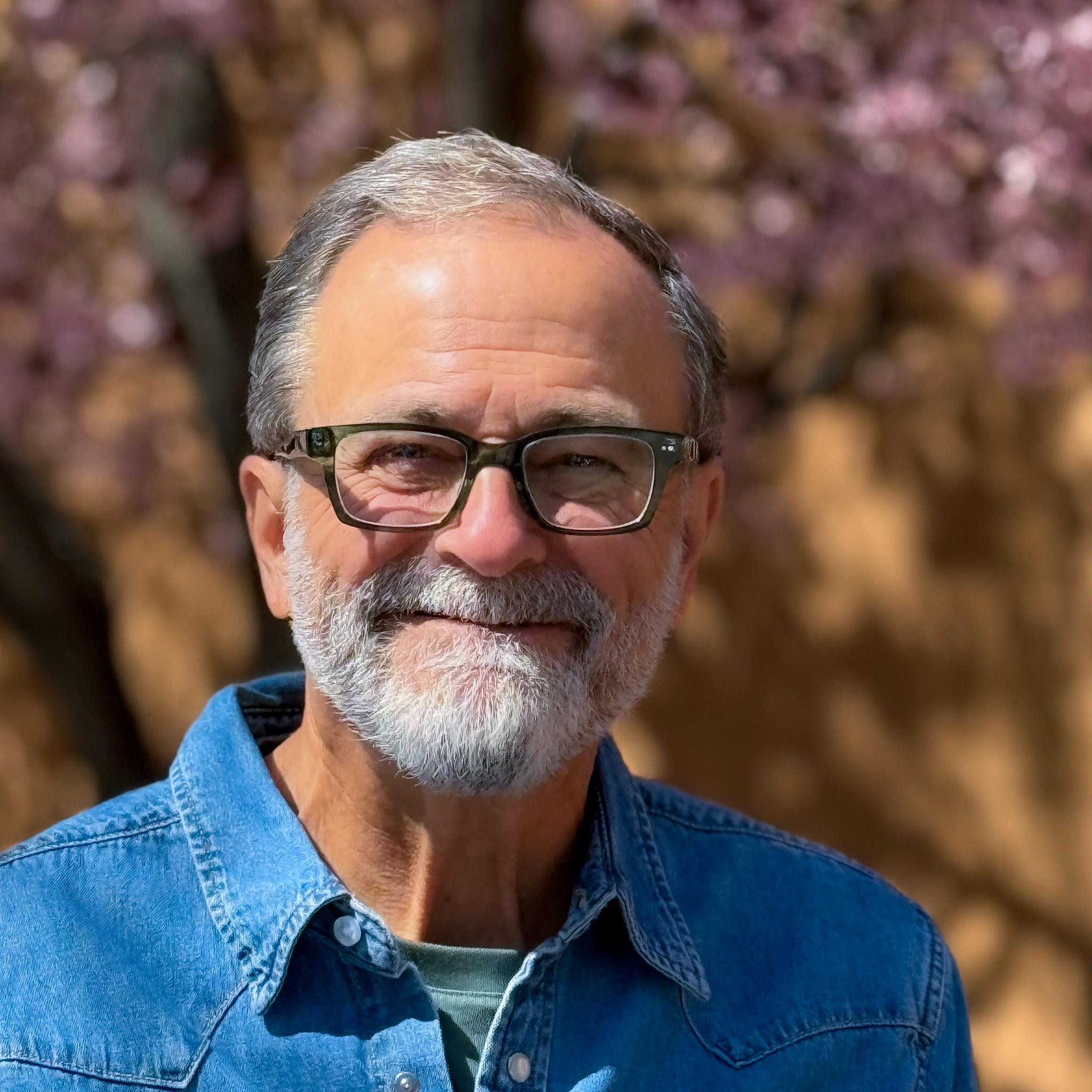Art inspires us on a personal level; can we also use it as a catalyst for moving distribution forward?
In my first post here on the DSG Blog, I offered a respectful push: to think beyond efficiency and AI enablement, and to strive for something bolder. Distributors, I argued, can reinvent what it means to be an intermediary in the digital age—but only if they find a new balance. As we adopt digital tools that replace or augment human behavior, we must also rediscover what it means to do business as humans.
In this second post, I offer an unusual but practical step toward that goal: using art shared experience of film and reflection—as a tool for innovation. Watch a film. Talk about it. See customers differently, as humans, not transactions. Let’s do it. I’m looking for volunteers. If you’d like to give it a go, please reach out.
See things differently
In my latest edition of Innovating Communities, over on my Substack, I explored how communities become engines of innovation not through technology alone but by reconnecting us to what makes us human. I offered a field guide for noticing subtle, often overlooked connections: to each other, to food and water, to energy and work, to the places we call home, and to ourselves. These connections aren’t sentimental. They generate real value.
Distributors can help communities innovate, but only if they’re willing to see anew.
Too often, AI is narrowing their sight. Distributors are racing to adopt AI, transforming what happens on the inside. Systems are faster. Processes are smarter. Operations hum with efficiency. Customer experience improves, but mostly in the service of selling more stuff. Answering questions to sell more stuff. Quoting faster to sell more stuff. Building loyalty to … well, you know.
Distributors must stop teaching themselves to see customers only as transactions. It’s time to unlearn that lesson—and to reconnect. To see customers as humans. As people with pride. With aspirations. As people in search of meaning. People worth knowing.
When they do, when they reclaim their human sight, distributors will see unprecedented innovation opportunities in communities. I have some ideas about that, and I’ll share them in my next post. But first, we have some work to do.
What if, instead of asking what customers want to buy, we asked who they are? What drives them? What burdens do they carry? What possibilities do they see? Can we see our customers not just as buyers, users, specifiers, and decision-makers—but as humans? As people with pasts. People seeking futures. People with purpose. Driven by passion. Building what comes next.
Repeat after me: I am willing to see customers differently, and I ask for help from art.
Connect with film
I’ve come to know Rocky Mountain Women’s Film through their Short Nites, Pop-Up Cinemas, and annual Film Festival. The films they share stay with me—the directors’ vision, the audiences’ emotions, the stories themselves. I’m moved every time. And I’m continually struck by RMWF’s unshakable commitment to building community through the power of film.
These experiences challenge and inspire me.
And I found one film—The Last Repair Shop—emotionally powerful and, for distribution, potentially transformative. Repair Shop is an Academy Award-winning story of a city-run workshop in Los Angeles where four technicians restore damaged instruments. It’s a story of care, craft, and quiet service. Of people who show up every day to fix what’s broken, often without recognition, and to keep something beautiful alive for others.
Every industry the supply chain serves includes its version of a repair shop, where people fix what’s broken. Watching Repair Shop, moved by its stories, I couldn’t help but think: What if distributors could see their customers this way—a new way—not commercial, but human?
I can see, or at least sense, a way forward. But I need help. After listening to my ideas and questions, Nicole Nicoletta, executive director of Rocky Mountain Women’s Film, offered this:
I see a shared purpose in our work—helping communities thrive and stay grounded in what makes us human. At Rocky Mountain Women’s Film, we think deeply about how storytelling can spark connection and insight, especially when technology changes how we see the world and each other. We’re currently developing an internal policy to guide our organization’s ethical and responsible use of AI. What guides us most right now is a simple truth: We must keep humans in the loop. That’s what excites me about this collaboration. Film has the power to shift perspectives. It helps people see each other and themselves differently. And when that happens, film becomes a force for building stronger communities.
We worked on a process. Here it is:
Gather a small group—an audience. People from your company. Maybe a few customers. A supplier or two. Watch the film together. Then, ask a few questions. Listen. Reflect. Close by identifying one simple step you can take together. Do it. See what happens. You might have some questions, but we offer these to get started:
- What does this film reveal about the work done by people with passion and purpose?
- Who are the “repair shop” equivalents among your customers, and what would it mean to support how they work?
- What pressures or limitations do your customers face that you don’t usually see—and how you might help them?
- How can you use your resources, relationships, and capabilities as an intermediary to help your customers? Can you add them?
- What’s one small innovation this film inspires—not a product, but a process, a gesture, or a shift in policy?
Ask and answer. Explore and ponder. Make a beginning.
Let art move you
Please watch The Last Repair Shop on its official site, where you’ll find more about Breakwater Studios and the talented team behind the film.
I don’t expect this simple exercise to transform your business or innovation strategy, especially your work with AI. That’s your journey. But it might offer a pause. It might introduce something new dash of humanity to go with your digital transformation. It might help you form a team or kickstart your culture, something you can return to, repeatedly, for deeper insight and greater effect.
And if we let art move us, we might just find a new way forward on a path to bolder innovation.
Let’s make this a collaborative effort across the DSG community.
Comment below if you’d like help designing this experience for your team or community. If you’ve tried something similar—or have better questions or deeper insights—I’d love to hear from you. You can also reach me at mark.dancer@n4bi.com.
Together, let’s build thriving communities—one innovation at a time.
Mark Dancer is a writer and speaker focused on innovating distribution to help customers and commerce flourish in the digital age. With more than 25 years of experience, he brings forward big ideas for transformative change. As a Fellow of the NAW Institute for Distribution Excellence, he authored Innovate to Dominate: The 12th edition in the Facing the Forces of Change® Series. His Substack, Innovating Communities with Mark Dancer, explores how reimagining the places we all live and work can help build a better future.

